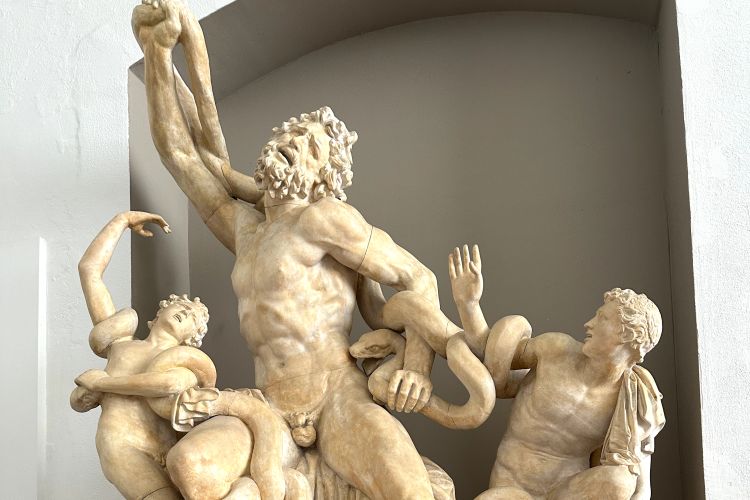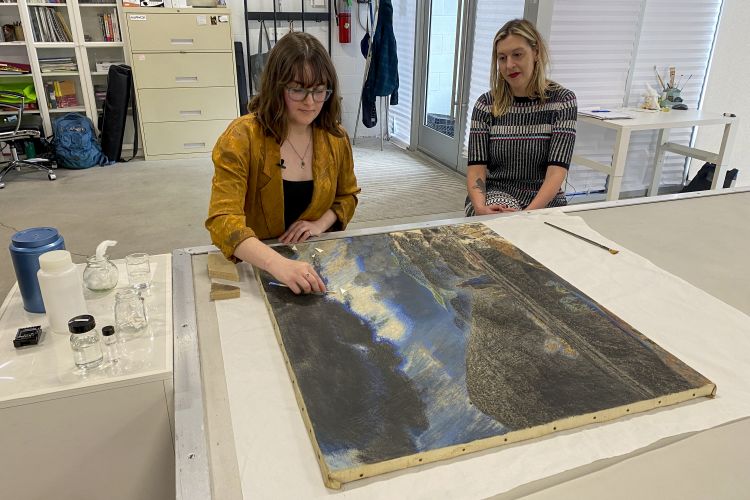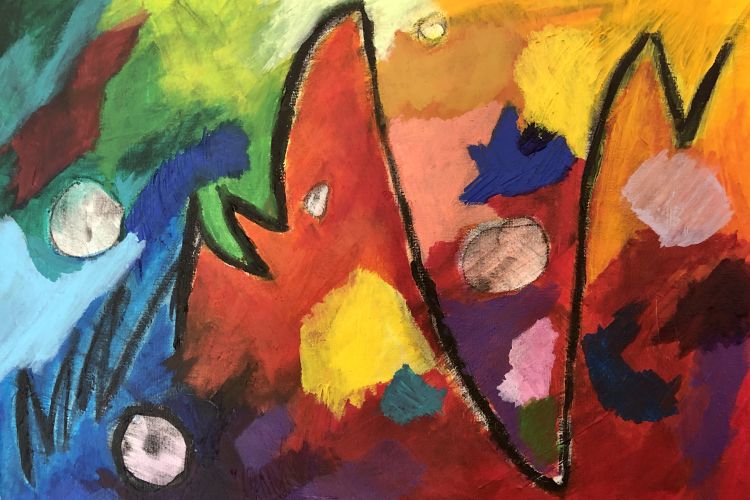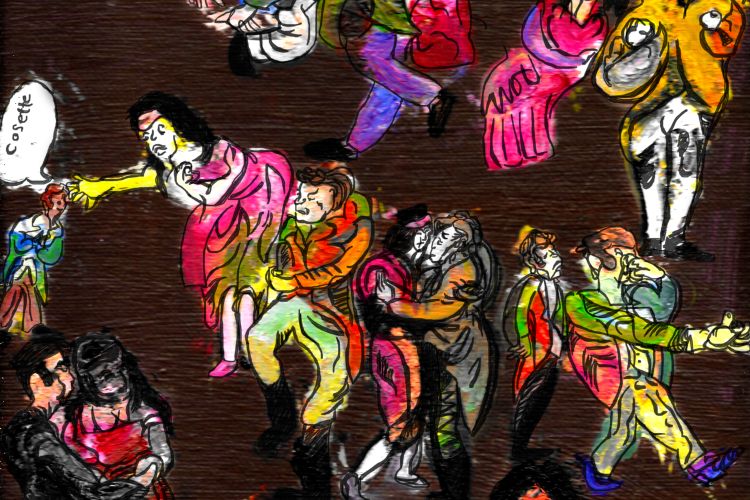STORIES FROM PAFA
Brad Davis (MFA '18) Learns the Lessons of a Working Artist
Brad Davis (MFA '18) feels a world away from his rural hometown in Ohio while travelling through Center City.
“I really became interested in the subway system because that is totally specific to a city like Philadelphia or New York and it becomes this secondary world,” said the second year MFA student. “People are right up against each other and I’m used to living in an area where you can claim an entire table at a restaurant if you sit down at it. And that’s just not the case here.”
When he’s not on crowded trains, Davis is walking Philadelphia’s neighborhoods. He’s especially drawn to Rittenhouse Square.
“One of the things I started to do here since I’ve gotten to Philadelphia is go out and walk all the time,” Davis said. “That’s the most important part of my creative process, walking.”
While out walking, Davis started to notice something he didn’t see in Ohio: newsstands. The street stands that dot the city streets were new for Davis and represented a snapshot of the history of our day.
“We have gas stations back home but this is a very small shell of the zeitgeist; everything that’s of our time. You see all of this typography, which I really enjoy in paintings and advertising. It’s this rush of 2017 or 2018 coming at you and it’s trapped in this nice, dramatically lit cell, that is really interesting to me.”
The painter was particularly drawn to a newsstand in Rittenhouse Square. Davis began talking to the stand owner and eventually photographed her for a painting. He ended up photographing several more newsstands in the city, and gathered items that are usually for sale at a newsstand, like cigar wrappers and lottery tickets, to paint from life in his studio.
“Any time possible I’m trying to paint or draw from life so then when I come back to the studio and use photography for the paintings it’s more real. My work is typically from more than one photo source, I use Photoshop a lot. I love that you can take all of these elements and combine them into something new. Even though I’m using photography I try to get back to working from life as much as possible because that allows me to make a painting that’s more felt as opposed to seen.”
The oil painting News Stand is one of the largest pieces of Davis has done. He’s reluctant to say it’s finished, Davis continually wants to make changes to the work, but he has a hard deadline of Thursday May 10th.
He plans to show the work in PAFA’s Annual Student Exhibition in May.
The Annual Student Exhibition (ASE) has been a tradition at PAFA for more than 100 years and is the culminating event in a student's journey at PAFA. Each spring, 3rd and 4th year BFA and MFA students have the opportunity to curate, install and sell their own works in the PAFA museum galleries.
PAFA students create more than 1,000 paintings, sculpture, works on paper and installations. It is one of the most celebrated student group shows in the country. More than 100,000 visitors will attend the ASE, and sales of student's works are expected to be nearly $300,000. Students retain the majority of the purchase price of works sold.
Davis is unsure if News Stand will sell at the ASE.
“There are these ideas you sort of have to get out and they’re just not realistic but you have to do it, and that was the News Stand for me. I fully expect to roll that one home to the barn when I get home, but that was one I had to do,” he said. “I feel like you bridge those areas of where you have to try to be a working artist and also you have to try to make something that’s very genuine to yourself and something that you feel is more important.”
To complete his ASE wall, Davis is considering showing other smaller work or displaying a second large piece to accompany News Stand.
“Right now I’m kind of working at this smaller size, 32 by 16, and that’s more attainable for people to take home.”
He attributes his time at PAFA for learning how to price work no matter the size. In a seminar with PAFA instructor Judith Schaechter, Davis learned about making a living as an artist and pricing his art.
“I think people like to have a more concrete reasoning of why they’re paying the price they’re paying, as opposed to someone saying a piece felt like $2,000 that day,” Davis said. “I want it to be more that way too because it’s a legitimate thing to be a working artist and you want to treat it with that same level of legitimacy. Everybody does different things, this is just what has worked for me so far.”
Davis sold several pieces at Open Studio Night and is excited for what the ASE may bring.
“It’s absolutely rewarding to know that somebody cares enough to buy your work. I feel like the ASE is a great opportunity for people to collect work they really like and for students to get that reward for what they’ve worked so hard on,” he said. “To have somebody recognize and feel that your vision is important is really powerful.”




